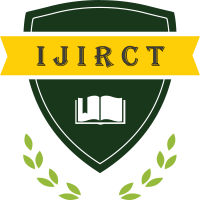Unsupervised Machine Learning Approaches for Analyzing 5G Quality of Service
Author(s): Vishal Kaleshriya, Prof. Vikas Kamle
Publication #: 2408068
Date of Publication: 17.08.2024
Country: India
Pages: 1-11
Published In: Volume 10 Issue 4 August-2024
Abstract
Particular emphasis on K-Means, Agglomerative Clustering, DBSCAN, and Hierarchical Clustering, this research studies the analysis of 5G Quality of Service (QoS) using unsupervised machine learning models. Using these clustering techniques, our objective is to classify various quality of service (QoS) parameters, such as throughput, latency, and jitter, and assess the performance of these parameters by employing metrics such as the Silhouette Score, Davies-Bouldin Index, Mean Squared Error (MSE), Root Mean Squared Error (RMSE), and Standard Root Mean Squared Error (SRMSE). While K-Means, Agglomerative, and Hierarchical Clustering all perform similarly, attaining strong cluster separation and low prediction errors, DBSCAN excels in finding dense clusters but shows larger errors. The results suggest that all three clustering methods are comparable in their performance. This research emphasizes the benefits and limits of each clustering approach, offering useful insights that can be used to optimize the performance of 5G networks and ensure that high-quality service is delivered. Furthermore, our results highlight the significance of adopting proper clustering approaches in order to improve quality of service in 5G networks
Keywords: 5G, Quality of Service, Machine Learning, K-Means Clustering, Principal Component Analysis, Network Optimization
Download/View Count: 290
Share this Article
